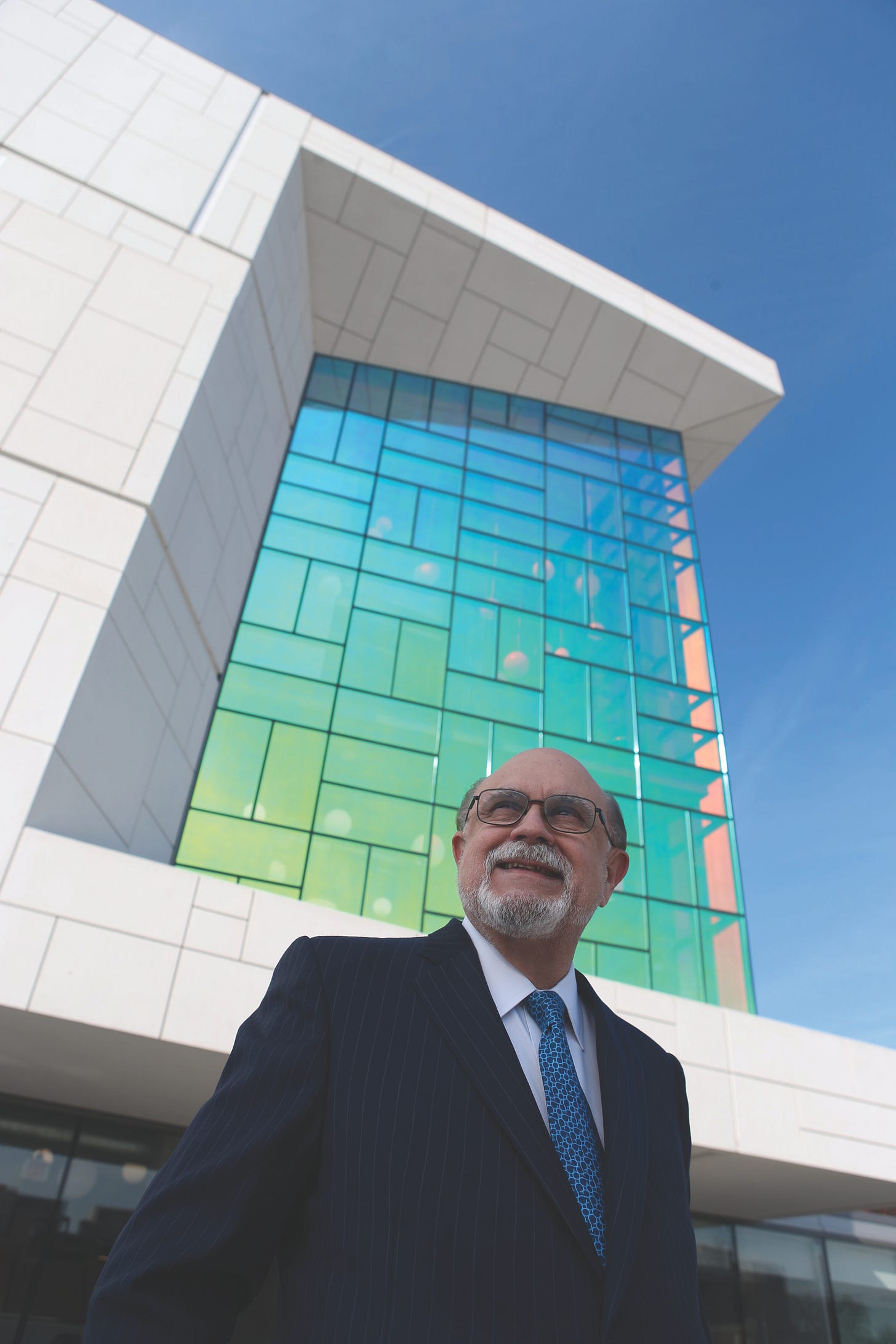
Read or listen (narration by Wayne Lane.)
This is the inspiring story of a boy who, though born in the bustling cosmopolitan city of Havana in the mid-1940s, spent most of his weekends soaking up the slower pace and simple wisdom of nature and farm life—seeing stars instead of bright city lights, appreciating the profound joy of the farmhands who were supposedly “poor,” and otherwise witnessing what really matters in life. His family’s nurturing and the city-country living laid the foundation for Emilio’s numerous life-saving and quality-of-life-enhancing products that help countless people, day in, day out.
Like what, for instance? Like his many innovations for the railroad industry. Like his Patent for a “microprocessor based simulated book” (i.e., the “e-reader”) that you may be using right now to e-read this!
Never heard of Emilio? You’re not alone. Why haven’t you heard of him? Because that’s the way he’s wanted it. That’s who he is: another example of (along with Alan Mulally and Frances Hesselbein) The Extraordinary Power of Leader Humility, as discussed in the insightful book by leadership guru Marilyn Gist, Ph.D.
How might one succinctly describe Emilio, and why might we want to learn about his formation principles? Mix equal parts best-in-class engineer, best-in-class entrepreneur, and a deep-seated desire to improve the lot of others—and you have the perfect recipe for practical innovations and tech startups. Keep it up for 60 years and you have a leader of the highest order.
Because rapid technological or commercial change resulted in the loss of control, the annals of inventor-driven entrepreneurship are filled with stories of great companies and their brilliant founders who went BOOM, then bust, or peaked, then plateaued, then went silently into the night. Yet Emilio has managed to adapt, thereby sustaining the propulsive synergy that began in Cuba so long ago.
The first “start-up”
Emilio has many fond memories of his early years growing up in and around Havana. One of his favorites involves his first startup. “When I was nine, I ‘launched’ a soap-bubble business.”
“Excuse me?” I asked.
He laughed, which comes easily to the electrical engineer. “I set about trying to sell bottles filled with colorful soap bubble solution to the kids in the neighborhood. Of course I didn't know it at the time, but it presented many of the same challenges one faces when trying to start and run any business. Without a doubt my ‘Soap-Bubble company’ was the ideal introduction to my formal management education at George Washington University. Over the years these teachings have served me well.”
Emilio explained how he came up with the idea to buy bottles of soap bubbles, “dilute them, and then re-sell my repackaged product for a profit—at a lower price per bottle than what the dime store charged. At first I bought a bottle for testing, to see how much I could dilute the solution and still produce plump and colorful bubbles. Once my ‘research’ was over, I was ready for ‘production.’ So I went back to the dime store through the wild noisy traffic of La Calle 23, in the usual scorching heat, and asked for a case, but the clerk only placed a single bottle on the counter as he prepared to ring me up at the register. As I was short, I could barely reach the counter to firmly restate my request for a case, not a bottle. The shopkeeper eyed me and said: ‘Kid, show me the money.’ So I did—all ‘debt capital’ borrowed from Abuela. Next, I had a ‘supply chain’ challenge: I didn’t have enough bottles to fill with the diluted solution. My work-around was to make use of a refund program for empty bottles. So, in the process of trying to be a capitalist—”
“You became, pardon me for interrupting…a…recycling environmentalist?”
He nodded, then smiled. “Perhaps.”
I asked: “What about those little wands with the holes in the middle, where did you get the extra ones you needed?”
“Very good, Mister Lindner! I see you’ve been attentive in class. Here’s how that parts problem was solved: before I ‘launched the business’ I had to secure ‘lines of supplies for all parts,’ and the sticks with the holes were a key item. I had noticed they didn’t come attached to the bottles, but they were in a separate large box, so I just told the Woolworth’s guy that I was always losing them and I needed a few more.”
“So,” I said, “you stretched the truth a bit.”
“More than a bit, I’m afraid. Not my most principled moment!”
Now I was the one who was laughing.
“Incidentally, the business grew ‘organically’ and we started producing our own solution in a few days. They are not called soap bubbles for nothing: you just mix the right proportion of soap and water and you’ve got bubbles. Or, so I thought! My homemade version had terrible ‘shelf life’ because it precipitated overnight. I couldn’t sell it successfully, so had to go back to Woolworth.”
“So maybe there's a moral to your story?”
“Yes, there is. We’ll get to that later.”
“Did you make a killing?”
Emilio laughed again, this time really hard. “It has been my least profitable business ever, with a ‘Gross Margin’ of less than ten per cent. But the experience was invaluable.”

To be concluded…
From Soap Bubbles to Fortune 500 & Pioneering Philanthropy



Thank you!
Emilio is amazing!
(I also had the pleasure of knowing the wonderful Stanley Crane, thru my father)
I was in DC not long ago and drove past the Southern RR building...and now I'll always think of Emilio whenever I pass by it...
Clive-
Thank you!
I couldn’t agree more!!!
Best
Eric